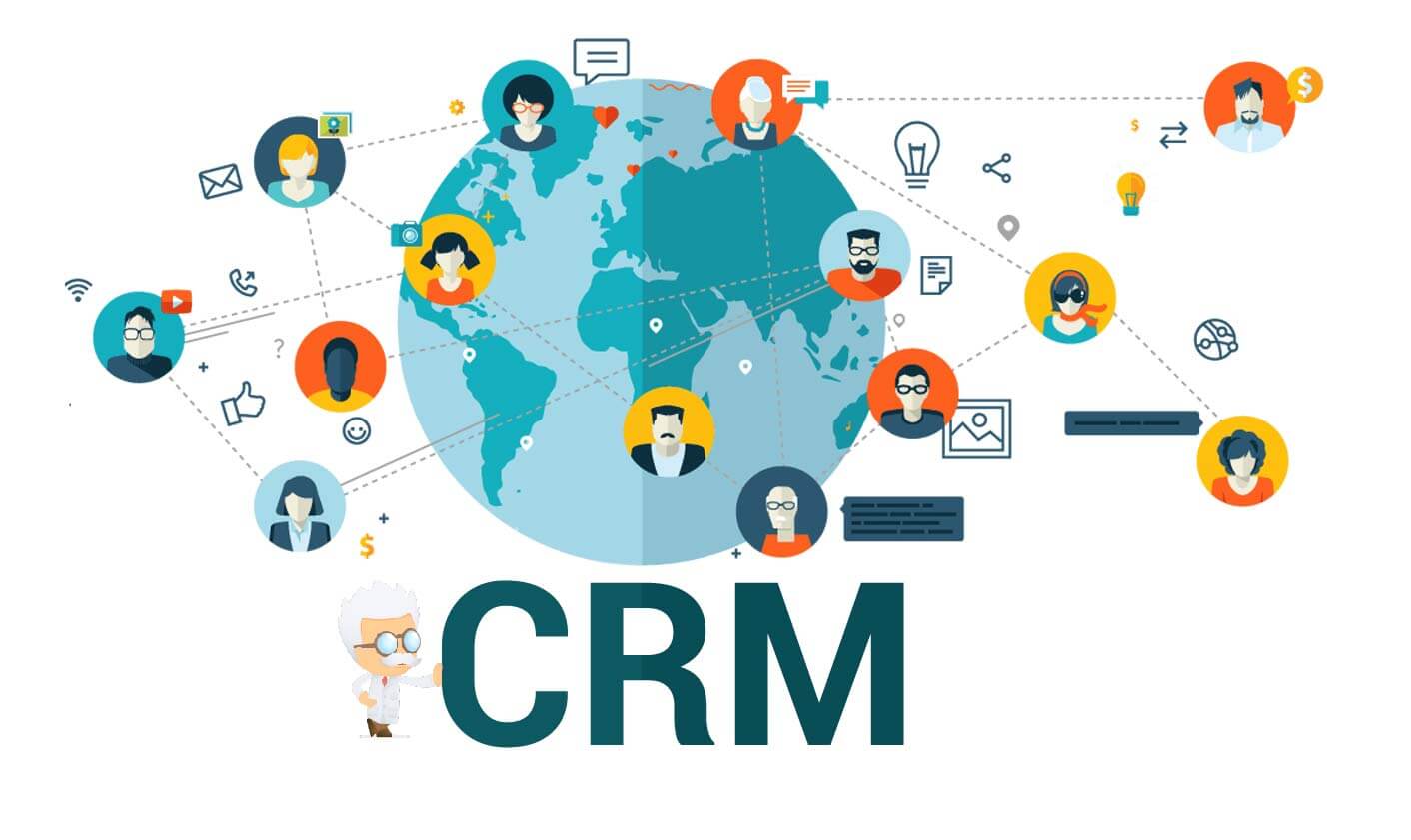In today’s fast-paced business world, efficiency and growth are not just goals; they are essentials. At the heart of achieving these goals lies the strategic use of Customer Relationship Management (CRM) and automation. Together, they create a powerhouse for any business aiming to enhance productivity, improve customer satisfaction, and drive growth. Let’s dive into how CRM and automation can transform your business landscape.
What is CRM?
Customer Relationship Management (CRM) is a technology-driven approach to managing a company’s interactions with current and potential customers. It involves using software to organize, automate, and synchronize sales, marketing, customer service, and technical support. The primary goal of CRM is to improve business relationships and drive sales growth.

Key Benefits of CRM:
- Improved Customer Insights: With CRM, you can gather and analyze customer data, enabling you to understand customer behaviors and preferences better.
- Enhanced Customer Service: By streamlining customer service processes, CRM helps in responding to customer inquiries faster and more effectively.
- Increased Sales Efficiency: CRM systems automate routine tasks, allowing sales teams to focus more on closing deals rather than administrative work.
The Role of Automation in CRM
Automation in CRM refers to the use of technology to perform repetitive tasks without human intervention. This includes tasks like sending emails, updating customer records, and generating reports. Automation not only saves time but also reduces the risk of human error.
Benefits of Automation in CRM:
- Time Savings: Automating routine tasks frees up your team’s time to focus on more strategic activities.
- Consistency and Accuracy: Automated processes reduce errors and ensure consistency in customer interactions.
- Scalability: Automation allows your business to handle increasing amounts of work without a proportional increase in resources.
Integrating CRM and Automation
Integrating CRM with automation tools can amplify their benefits. Here’s how you can seamlessly merge CRM with automation to boost efficiency and growth.
Streamlining Sales Processes
Automated Lead Management: Automatically capture and qualify leads from various sources. This ensures that no lead is overlooked and that your sales team can focus on high-potential prospects.
Sales Forecasting: Use automation to analyze historical data and predict future sales trends. This helps in setting realistic sales targets and planning accordingly.
Enhancing Marketing Campaigns
Personalized Marketing: Automate personalized email campaigns based on customer behavior and preferences. This increases engagement and conversion rates.
Lead Nurturing: Implement automated workflows to nurture leads through the sales funnel with timely and relevant content, ensuring they are well-informed and engaged.
Improving Customer Service
Automated Ticketing Systems: Use automation to create and assign support tickets based on customer inquiries. This ensures that issues are addressed promptly and efficiently.
Follow-Up Reminders: Automate follow-up reminders for customer interactions, ensuring that no customer query goes unanswered.
Success with CRM and Automation

Tech Solutions Inc.
Challenge: Tech Solutions Inc. struggled with managing customer interactions across multiple platforms, leading to delays and missed opportunities.
Solution: They integrated a CRM system with automation tools to streamline their sales and support processes.
Results: Tech Solutions Inc. saw a 30% increase in sales efficiency and a 50% reduction in customer response times, significantly enhancing customer satisfaction.
Retail Dynamics
Challenge: Retail Dynamics needed to improve their marketing efforts to boost sales and customer engagement.
Solution: They implemented automated marketing workflows within their CRM to send personalized offers and follow-ups based on customer behavior.
Results: Retail Dynamics achieved a 40% increase in marketing campaign conversion rates and a 25% boost in customer retention.
Best Practices for Implementing CRM and Automation
1. Start with a Clear Strategy
Define your goals and the specific areas where you want to implement CRM and automation. Whether it’s sales, marketing, or customer service, having a clear strategy will guide your implementation process.
2. Choose the Right Tools
Select CRM and automation tools that align with your business needs. Consider factors like ease of integration, scalability, and user-friendliness.
3. Train Your Team
Invest in training your team to effectively use the new CRM and automation tools. This ensures that they are comfortable with the technology and can leverage its full potential.
4. Monitor and Optimize
Continuously monitor the performance of your CRM and automation processes. Use analytics to track key metrics and make necessary adjustments to improve efficiency and outcomes.
Overcoming Challenges
Implementing CRM and automation is not without challenges. Here’s how you can tackle common obstacles:
Resistance to Change
Encourage a culture of innovation and continuous improvement. Involve your team in the planning process and highlight the benefits of CRM and automation.
Data Quality Issues
Ensure data cleanliness and consistency. Regularly update and clean your database to maintain the accuracy and reliability of customer information.
Integration Hurdles
Choose CRM and automation tools that offer seamless integration with your existing systems. This reduces the complexity of implementation and enhances functionality.
The Future of CRM and Automation
As technology advances, the capabilities of CRM and automation will continue to evolve. Artificial Intelligence (AI), machine learning, and advanced analytics are set to further enhance CRM functionalities, making them more intuitive and predictive.

Emerging Trends:
- AI-Powered Chatbots: Enhance customer interactions with intelligent chatbots that provide instant responses and support.
- Predictive Analytics: Leverage AI to predict customer behavior and trends, enabling proactive decision-making.
- Seamless Integration: Future CRM systems will offer even more seamless integration with various business applications, enhancing overall efficiency.
Conclusion
The synergy between CRM and automation is a game-changer for businesses looking to boost efficiency and growth. By streamlining processes, enhancing customer interactions, and leveraging advanced technologies, you can position your business for sustained success. Start your journey with CRM and automation today, and watch your business transform into a more efficient, customer-centric, and growth-oriented powerhouse.




